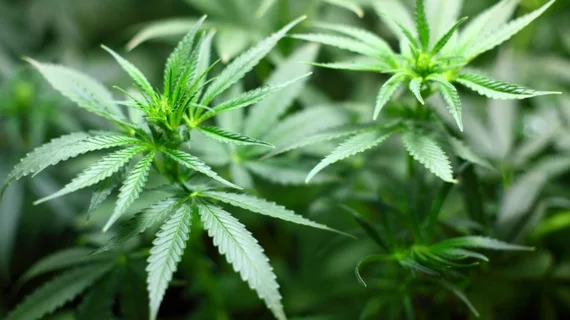CT data shows high rates of emphysema among marijuana users
Computed tomography data shows higher rates of emphysema among marijuana smokers compared to those who only smoke tobacco or abstain from both.
That’s according to findings from nearly 150 patients set to be presented during the American Roentgen Ray Society’s annual meeting taking place virtually April 18-22.
Imaging reports from Ottawa Hospital’s PACS also showed marijuana is associated with other airway diseases, such as bronchial wall thickening, bronchiectasis, and bronchial mucoid impaction.
And with marijuana rules relaxing across North America, providers may want to take note of imaging abnormalities associated with its use, authors of the study explained.
"Given that marijuana use is increasing, particularly within nations such as Canada that have legalized the substance, it is important for us as radiologists to define specific findings associated with its consumption," first author Luke Murtha, MD, a diagnostic radiologist at Ottawa Hospital in Canada, said in a statement.
To reach their conclusions, Murtha and colleagues enrolled three patient-matched groups: marijuana smokers (56 participants); tobacco-only smokers (33); and a control group (57). Two board-certified radiologists were blinded to all clinical data, including smoking history, during their consensus chest CT readings.
Emphysema rates reached 75% among patients in the marijuana group compared to 5% in controls. And in an age-matched subgroup analysis, 93% of marijuana-only smokers showed findings indicating emphysema compared to 66% in the tobacco-only group.
Furthermore, the researchers reported a “significant” increase in the proportion of paraseptal emphysema (versus other types) in marijuana smokers (53%) when compared to both tobacco-only smokers (24%) and control groups (7%).

